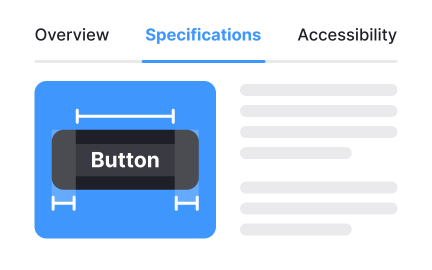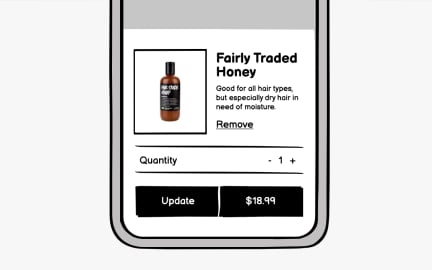Design QA
Design QA makes sure that digital products match design specifications during handoff, catching layout, style, and accessibility issues before launch.
What is Design QA?
Design Quality Assurance (QA) involves systematic processes for reviewing, testing, and validating design work to ensure it meets established standards, user requirements, and business objectives before implementation. It encompasses visual consistency checking, usability validation, accessibility compliance, and cross-platform testing that prevents design problems from reaching users while maintaining quality standards across teams and projects.
This discipline includes design review processes, testing methodologies, quality standards, documentation verification, and feedback integration that ensure design deliverables meet requirements and function as intended.
Design QA in Product Development
Product managers collaborate with design QA processes to ensure design solutions solve user problems effectively while meeting business requirements and technical constraints before development begins.
User requirement validation and problem-solution fit
Design QA validates that proposed solutions address actual user problems identified through research. This includes testing design concepts with users and stakeholdes to ensure solutions work in real contexts.
Business objective alignment and success criteria evaluation
QA processes verify that design solutions support business goals and can be measured for success. This prevents designs that look good but don't drive intended business outcomes.
Technical feasibility and implementation planning
Design QA includes collaboration with engineering teams to ensure proposed designs can be implemented within technical constraints and timeline requirements without major compromises.
Cross-functional stakeholder review and approval coordination
QA processes coordinate review and feedback from different stakeholders ensuring design solutions work for all affected parties before development resources are committed.
Design QA Components and Methods
Visual design quality assurance:
- Design system compliance: Verifying adherence to established component libraries and style guidelines
- Brand consistency: Ensuring visual elements align with brand guidelines across all design deliverables
- Typography and hierarchy: Checking text treatment, readability, and information organization
- Color and contrast: Validating color usage, accessibility compliance, and visual hierarchy effectiveness
User experience and usability validation:
- User journey testing: Walking through complete user flows identifying friction points and confusion
- Task completion analysis: Verifying users can accomplish intended goals efficiently and successfully
- Error handling evaluation: Testing edge cases and error conditions ensuring graceful problem resolution
- Mental model alignment: Ensuring design matches user expectations and familiar interaction patterns
Accessibility and inclusion compliance:
- WCAG compliance: Systematic checking against Web Content Accessibility Guidelines requirements
- Screen reader compatibility: Testing with assistive technologies ensuring equal access to functionality
- Keyboard navigation: Verifying complete functionality without mouse or touch input requirements
- Color blindness consideration: Testing design effectiveness for users with different color vision abilities
Technical implementation readiness:
- Asset preparation: Ensuring design files include all necessary resources for development implementation
- Specification completeness: Providing detailed measurements, interactions, and behavior documentation
- Platform adaptation: Verifying designs work appropriately across target devices and browsers
- Performance consideration: Evaluating design impact on loading speed and system resource usage
Design QA Tools and Technologies
- Marvel: Prototyping and review tool with user testing integration and feedback management
- Abstract: Git-like version control for design files with review and approval processes
- Useberry: User testing platform for design validation with real users and usage scenarios
Recommended resources
Courses

Introduction to Design Audits

UX Design Foundations

Design Terminology
Lessons

Wireframe Fidelity

Planning the Mobile App Flow





